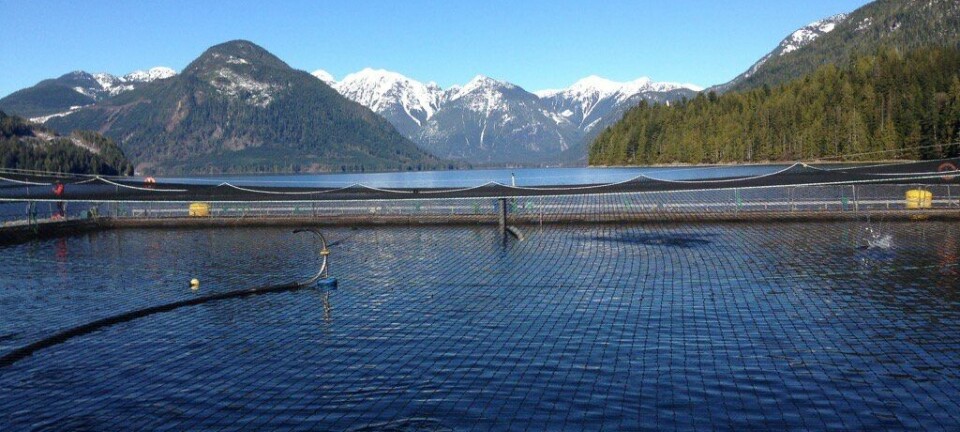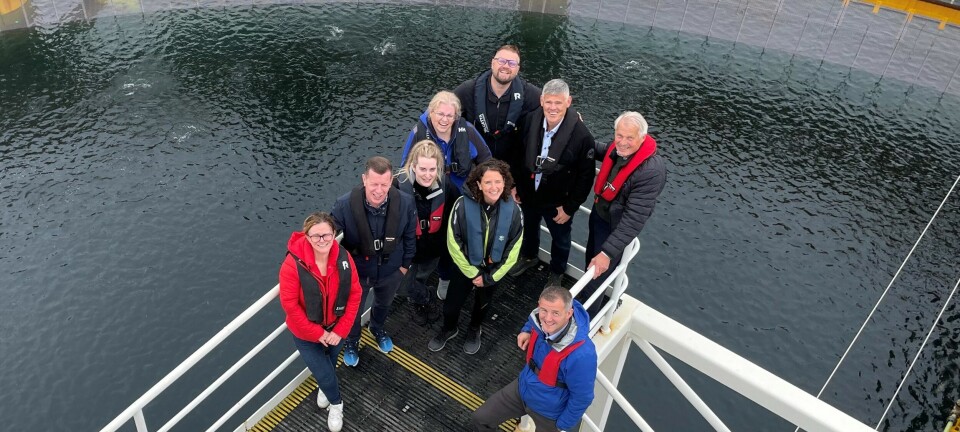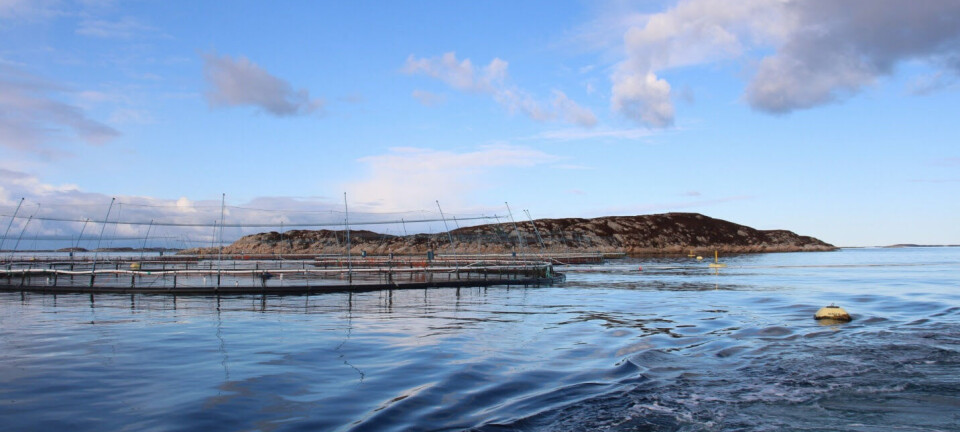
Industry not selling “sick fish”
Opinion
If the environmental community was truly concerned about the health-related consequences of handling and serving food, they would not bother with some fish that may or may not contain bugs that are harmless to humans, but rather focus its efforts on products that actually represent a health hazard to the cook or the consumer. You don’t often hear their concerns about common poultry product, despite the US FDA’s statement that “..raw poultry must be handled carefully to prevent cross-contamination. This can occur if raw poultry or its juices come in contact with cooked food or foods that will be eaten raw, such as salad. An example of this is using a cutting board to chop raw chicken and then using the same board to chop tomatoes without washing the board first”. Most farmed salmon are excellent raw materials for serving as sushi and sashimi- in other words- served raw.
In a recent posting, the East Coast of Canada-based Act for Aquaculture web site explained why farmed salmon from a farm where a few fish were diagnosed to contain the ISA virus were perfectly safe and sensible for human consumption, despite insistence by extreme environmentalists to the contrary;
There has been a lot written and said about salmon farming and ISA – infectious salmon anemia – over the past few weeks. It’s time for all of us to remember some facts and not give in to scare tactics and misinformation. In a world where 870 million people don’t have enough to eat (Source: UN World Food Programme), anti-salmon farming activists are trying to use misinformation to needlessly waste more than one million pounds of quality protein. That’s enough for about six million meals. Their goal is to shut down Canada’s salmon farming industry, and fear mongering about ISA – with complete disregard for science and fact – is their latest tactic. Recent headlines have been exciting to say the least. No wonder consumers are concerned when media stories leave the impression that sickly, diseased fish are being sent to local grocery stores.
The truth is far less lurid.
Here are the facts:
ISA is not a food safety issue. ISA is only ever a fish health issue. A salmon that’s been exposed to ISA poses no food safety concern. The flesh is unaffected in terms of quality and nutrition. The virus does not survive at room temperature and certainly not at body temperature, and ISA does not affect mammals.
No one is trying to sell you “sick” fish. The Canadian Food Inspection Agency does not allow sick fish into our food supply. The fact is a Cooke Aquaculture farm near Liverpool, NS, is operating under quarantine because ISA was detected there. Two cages of actual sick fish were humanely destroyed, voluntarily, as soon as ISA was suspected to prevent the spread of the virus. This was done in coordination with the CFIA. Remaining fish showed no clinical signs of ISA, so CFIA decided the company could operate the farm under quarantine and grow the fish to market size. Any fish showing signs of illness continued to be culled from the farm during this process. The fish now being harvested are inspected by CFIA and show no signs of illness.
ISA won’t make you sick. At least two well-known critics of salmon farming have tried to make a connection between ISA and humans. It’s a scare tactic. But it works only if you ignore science. We’re not sure why some journalists are willing to broadcast those sound bites, but the fact is, this assertion defies virology and common sense. This notion has been refuted repeatedly by biologists, veterinarians and scientists. Despite this clear, science-based conclusion, the critics continue to try to fuel fear.
ISA is not new. It is a naturally-occurring virus that affects salmon and other finfish like cod, herring and brown trout. ISA is manageable. East Coast salmon farmers have lived with and managed ISA since 1996. ISA does not mark the demise of an industry. Because ISA is in the natural environment, fish that have been exposed to ISA – wild caught or farmed – from Canada, Norway, Chile or other countries have been caught, harvested, processed and sold in Canadian and US stores for decades. By allowing a group of fish from Nova Scotia to be harvested, the CFIA has not rewritten the rule book. We wonder why anti-salmon farming activists are focusing on locally-grown fish from a farm where ISA was detected, but don’t seem to care that other imported seafood has come from ISA positive sites. Don’t let them fool you into thinking they’re concerned about your health. They know ISA isn’t a threat to you, but they will coldly use it to cast doubt and manipulate your attitude because right now it serves them to do so.
Local seafood remains just about the healthiest food you can buy at the grocery store. We should all eat more seafood, whether it’s farmed or wild caught. It is a great source of healthy protein, and fish like salmon are one of the best sources of Omega 3 essential fatty acids you can find. When you buy local seafood, you are supporting your local fishermen and farmers and your local economy. It is wrong to paint ISA as a human health issue. It is wrong to use a fish virus as an inroad to frighten consumers away from a good, healthy, locally-produced food source. And to suggest that an entire farm of perfectly-good fish should be destroyed under false pretenses and rhetoric – well, that’s more than just a little sick.























































